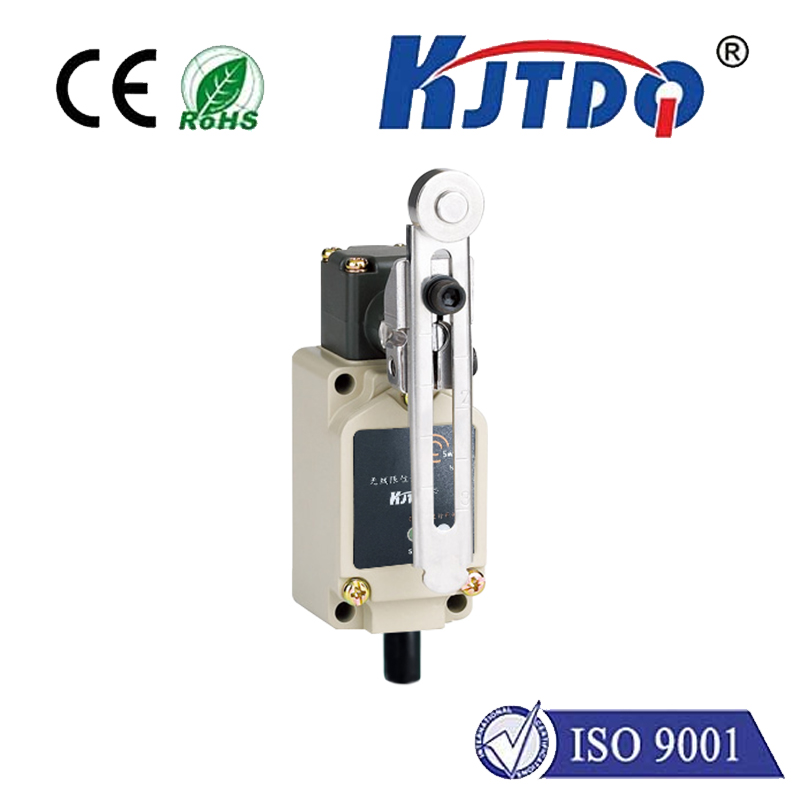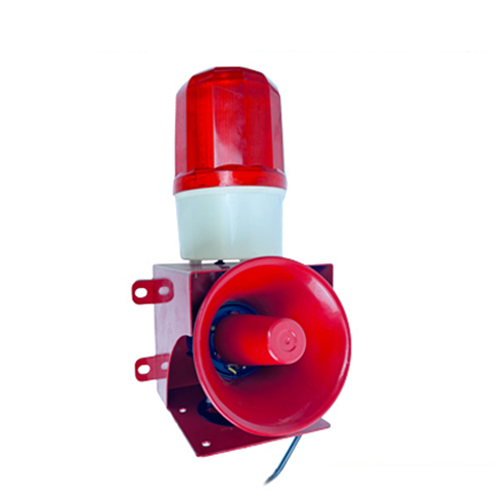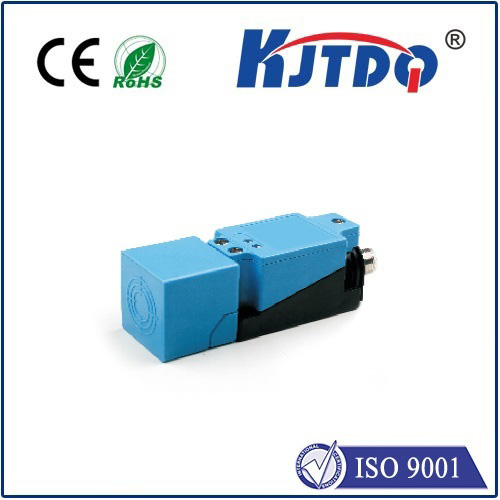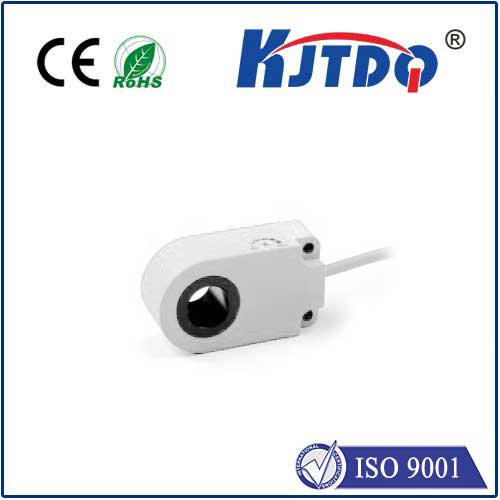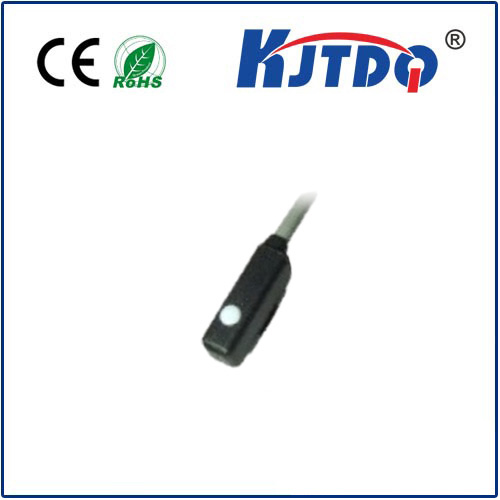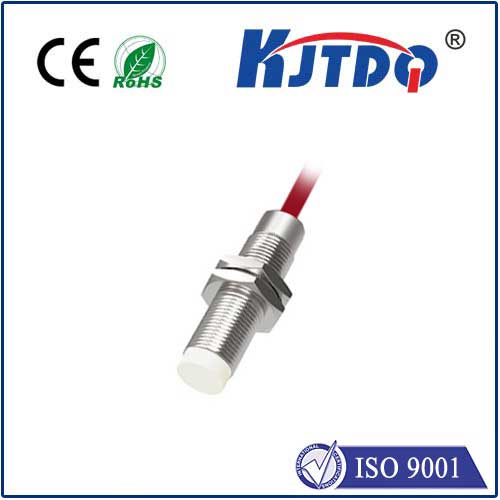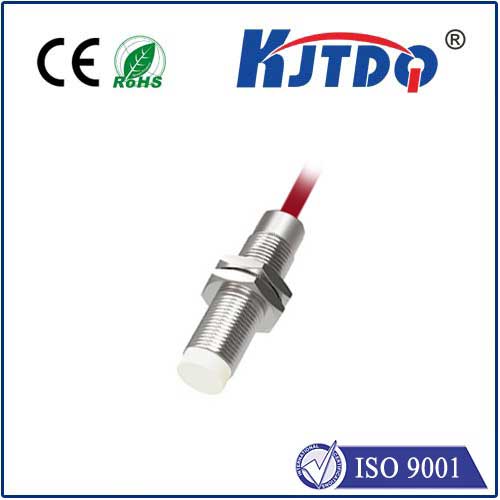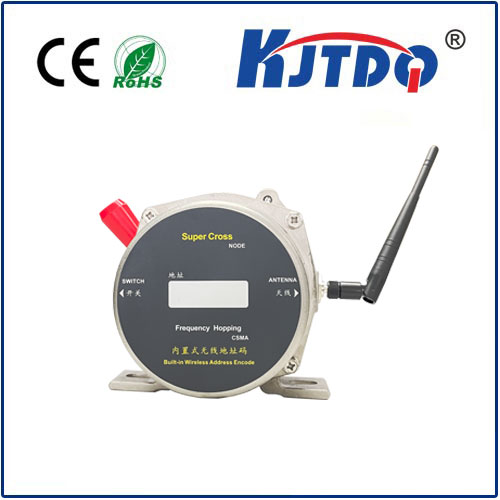

check

check

check

check
Imagine this: A worker’s sleeve snags on a rapidly rotating conveyor belt roller. Panic sets in. Milliseconds matter. Reaching a standard emergency stop button seems impossible. Now, picture a bright red cord running the entire length of the machine within easy reach. One desperate pull… and everything grinds to a halt. That’s the life-saving power of the Pull Rope Switch, an indispensable guardian in industrial safety.
Often termed an emergency pull-cord switch or safety rope switch, this device is far more than simple hardware; it represents a critical engineered safety solution. Its core function is unambiguous: to provide a fast, reliable, and easily accessible method for personnel to initiate an emergency stop (E-stop) on machinery or conveyor systems from any point along its perimeter. Unlike fixed push-button E-stops, the rope switch creates a continuous, highly visible activation zone, significantly reducing response time during critical incidents like entanglements, material jams, or other imminent hazards.

How does this vital safety component actually operate? At its heart lies a robust, normally closed (NC) switching mechanism. The activation rope, typically a highly visible polymer-cord coated steel cable for durability and flexibility, runs through or connects to a series of pull switch units installed along the machine’s length. Each unit contains the core switching element. Tension on the rope – triggered by a deliberate pull in an emergency – mechanically trips this switch. This action forces the internal contacts to open the circuit, immediately cutting power to the machine’s drive system or triggering an appropriate safety shutdown sequence via the connected safety relay or control system. This fail-safe design is paramount – any break in the rope, significant slackness, or the activation itself inherently causes the safe shutdown.
Key features define an effective and reliable pull rope switch:
Integration into Safety Systems is where the pull rope switch truly fulfills its purpose. It is never a standalone device. Its signal feeds directly into the machine’s Safety Instrumented System (SIS) or a dedicated safety relay. This system interprets the E-stop command and executes the shutdown according to defined safety functions, which might include controlled deceleration, application of brakes, or immediate power removal, depending on the risk assessment. Compliance with stringent international safety standards like ISO 13850 (Principles for emergency stop design) and IEC 60204-1 (Safety of machinery - Electrical equipment) is mandatory.
Implementing a pull rope switch effectively requires careful planning:
The Pull Rope Switch remains a cornerstone of industrial safety architecture. Its elegant simplicity – a rope you pull to stop danger – belies its sophisticated role within complex safety circuits. By providing an immediate, accessible emergency stop capability along extended machinery, it directly intervenes in potentially catastrophic situations, protecting personnel from life-altering injuries. Understanding its operation, critical features, and maintenance requirements isn’t just good practice; it’s an essential commitment to fostering a culture of safety and prevention on the factory floor. In the critical moments when danger strikes, this unassuming device serves as the ultimate lifeline.

